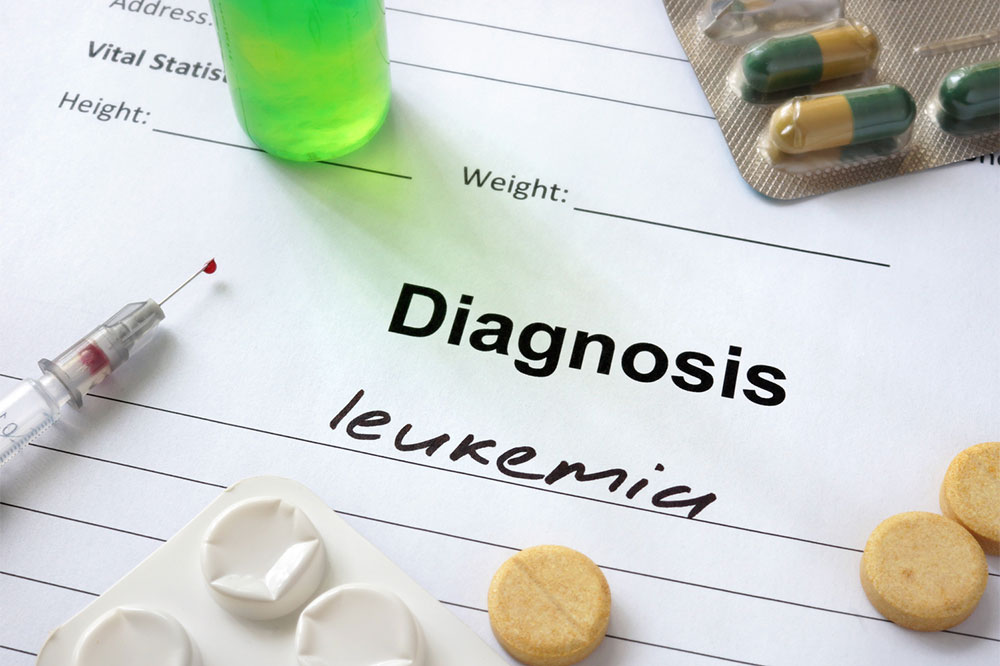Understanding Leukemia Types and Associated Risks
This article explores different types of leukemia, their risk factors, and how lifestyle and genetic predispositions influence the disease. It emphasizes the importance of awareness for early detection and prevention strategies.

Understanding Leukemia Types and Associated Risks
Leukemia is a blood cancer affecting the bone marrow and blood cells. According to the Leukemia & Lymphoma Society, nearly 60,140 new cases were diagnosed globally by 2016. The disease mainly falls into four main categories:
Acute Lymphoblastic Leukemia (ALL)
Acute Myeloid Leukemia (AML)
Chronic Lymphocytic Leukemia (CLL)
Chronic Myeloid Leukemia (CML)
Additionally, rare types exist that display similar symptoms. Treatment approaches depend on the specific leukemia type diagnosed.
While the exact causes of leukemia remain unclear, certain risk factors can increase susceptibility:
Smoking: Tobacco use releases carcinogens into the bloodstream, potentially damaging blood cells and increasing leukemia risk. Treatment varies based on disease stage.
Chemical Exposure: Prolonged contact with certain chemicals has been linked to higher leukemia incidence.
Radiation Exposure: Elevated radiation levels are associated with increased risk.
For CML and other types, treatments aim to reduce leukemia cell production. Exposure to other cancers' therapies, such as chemotherapy and radiation, may elevate risks. Existing blood disorders like polycythemia vera or myelodysplastic syndromes can predispose individuals to leukemia. Congenital syndromes including Down’s or Li-Fraumeni syndrome also increase risk. Family history plays a role, especially with bone marrow transplants passed within families.
Understanding these risk factors allows for early intervention and lifestyle adjustments to reduce the chances of developing leukemia.










